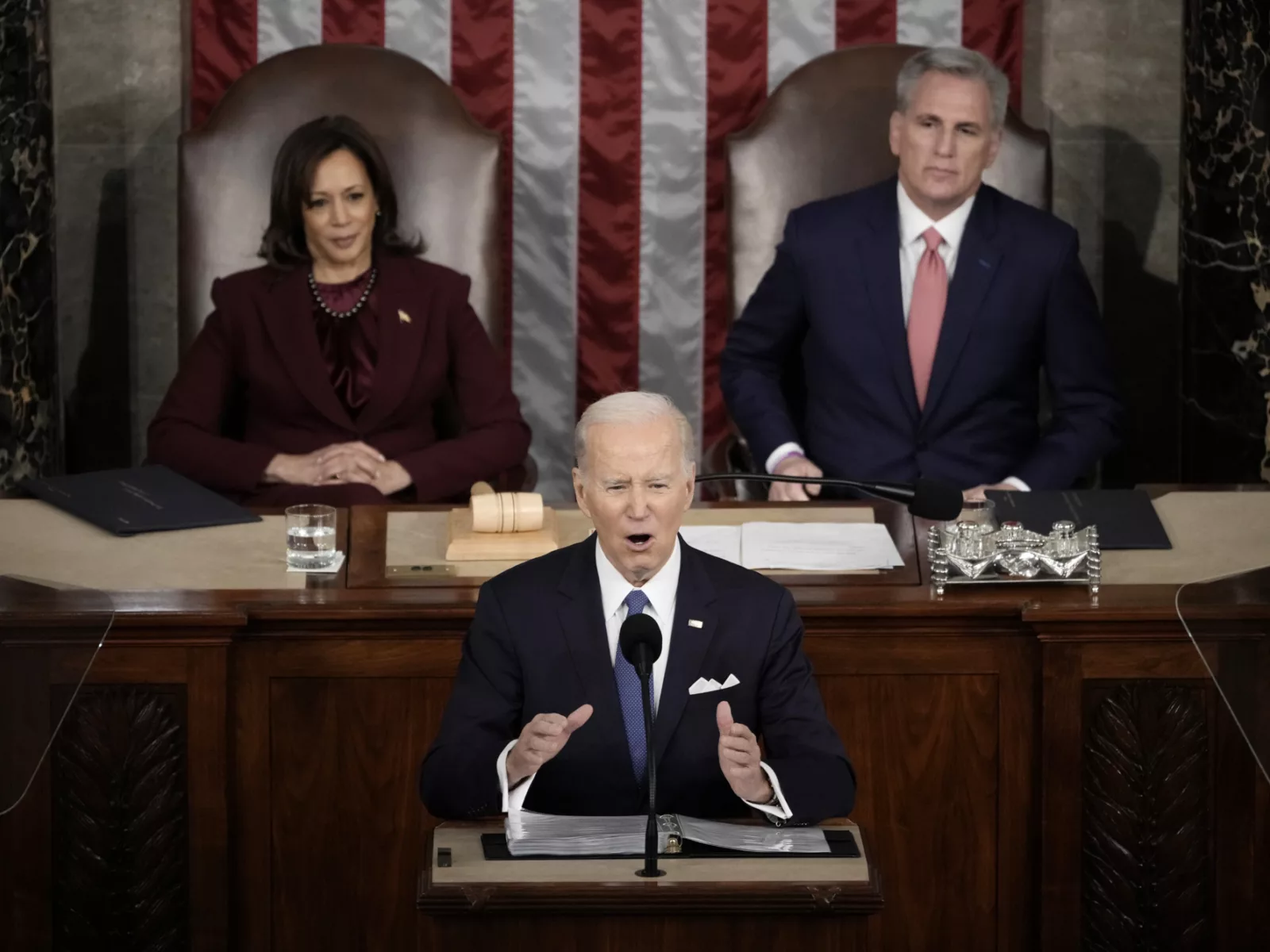As we enter into the home stretch of the 2020 election season and in an attempt to energize his campaign, President Trump announced four executive orders on Friday to bring attention to prescription drug prices — an issue that has been a priority for voters. In his remarks, he said the actions would “completely restructure the prescription drug market.” However, the White House faces several challenges in implementing the policies, which are not immediately enforceable. Let’s take a closer look at each of the announcements to explain what they are, what they do, and whether they are likely to lower drug prices.
Executive Order on Lowering Prices for Patients by Eliminating Kickbacks to Middlemen, aka the Rebate Rule
- What it is: The executive order directs the Department of Health and Human Services (HHS) to revive and complete rulemaking for a proposed rule published in early 2019 that would eliminate the safe harbor for discounts received by prescription benefit managers (PBMs) in the Medicare Part D and Medicaid managed care programs. The proposed rule was withdrawn after concerns that it would increase premiums for seniors enrolled in Medicare and internal disagreements on the policy between the White House and HHS officials.
- What it does: The policy would eliminate a safe harbor in the federal anti-kickback law for discounts negotiated between drug manufacturers and PBMs on behalf of Medicare Part D plans and Medicare managed care plans unless the rebates are converted to “point-of-sale” discounts.
- Would it lower drug prices? No, the policy would shift costs without lowering prices. Often referred to as the “rebate rule,” the policy has been touted by drug manufacturers as the cure to high prescription drug prices. However, if finalized, the policy would increase premiums for Medicare beneficiaries as well as increase federal spending by $177 billion.
- What’s the catch? This action revives a policy proposal that the Administration abandoned last year, with a caveat that the Administration will only pursue the policy change if it will not result in increased federal spending, premiums for seniors, or out-of-pocket costs.
Executive Order on Increasing Drug Importation to Lower Prices for American Patients, aka the Importation Rule
- What it is: The executive order directs the Department of Health and Human Services (HHS) to complete guidance for a proposed rule published in late 2019 that would allow commercial importation of certain prescription drugs from Canada. The executive order also directs HHS to expand an existing program to allow individuals to personally import prescription drugs.
- What it does: The policy would establish time-limited programs to permit states, wholesalers, and pharmacies to import certain drugs from Canada. The proposal originally required cooperation from the Canadian government and the drug industry, however, both opposed the policy.
- Would it lower drug prices? Unlikely, it is unclear whether it would lower prices or generate savings. The Canadian prescription drug market supply is not big enough to satisfy U.S. market demand. The complicated regulatory process to assure safety and product recalls could cut into any potential savings. In 2004, the Congressional Budget Office reviewed re-importation’s impact on drug spending and concluded importation would result in minimal savings.
- What’s the catch? This action calls for the current rulemaking process to be completed, and offers nothing new to lower drug prices.
Executive Order on Access to Affordable Life-saving Medications, aka the 340B rule
- What it is: The executive order directs the Department of Health and Human Services (HHS) to ensure that Federally Qualified Health Clinics (FQHCs) make insulin and injectable epinephrine available to patients at the deeply discounted price under the 340B Drug Pricing Program.
- What it does: The policy would require public clinics receiving funding under the FQHC program to pass all discounts for insulin and injectable epinephrine purchased under the 340B program along to uninsured or low-income patients. In 2018, FQHCs served more than 28 million patients in the U.S. and more than 70% were uninsured or covered by Medicaid/CHIP. Medicaid beneficiaries and low-income patients with Affordable Care Act coverage have limited or no cost-sharing for prescription drugs.
- Would it lower drug prices? No, there is no evidence that FQHCs have been charging excessive prices to uninsured or low-income patients for these drugs. There have been legitimate compliance concerns about contracted pharmacies participation in the 340B program. However, this action does not directly address those concerns.
- What’s the catch? The order does not apply to hospitals that account for the overwhelming number of 340B sales that occur. Hospitals have been criticized for taking advantage of the 340B program.
Executive Order on Ensuring that the United States Pays the Lowest Price for Medicare Part B Drugs, aka the most favored nations rule
- What it is: The executive order, which has not been posted yet, directs the Department of Health and Human Services (HHS) to revive and revise rulemaking for a proposal first introduced in October 2018 known as the Internal Pricing Index (IPI) Model. The original proposal would have used international reference pricing approach based on prices paid in 14 countries as a benchmark for the reimbursement of physician-administered drugs under Medicare Part B.
- What it does: The policy would replace the proposed international pricing index based on 14 countries’ pricing to one that uses the lowest price paid in one country for the drug – or the most favored nation. Currently, Medicare Part B reimburses providers the average sales price paid in the U.S. commercial market plus an administration add-on fee.
- Would it lower drug prices? Unclear, but likely. Depending on how the proposal is designed, it may lower drug prices for certain drugs in Medicare Part B and reduce federal spending. The proposed IPI Model projected $17.2 billion in savings for taxpayers. Without knowing more about the countries who would be considered “most favored nations,” it is difficult to speculate on the potential savings.
- What’s the catch? This executive order has been delayed and may not move forward. This action is to be signed on Aug. 24 after the White House gives drug manufacturers an opportunity to present their proposals on how they plan to lower drug costs in Medicare Part B.
We will have to wait for the proposed rules to see if any of these announcements come to fruition or remain just an announcement from the Administration promising lower drug prices.

















